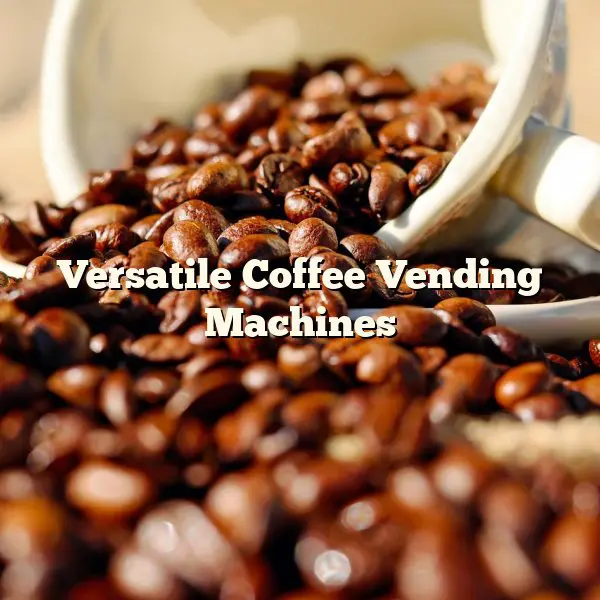Creating pieces, toys and components from plastic can be done in a variety of ways based on the product\’s intended purpose. Depending on the individual structural requirements and functional needs of the item, the process will need to be adjusted in some ways. The reason injection molding is commonly used is because it has many adaptive qualities for many specific factors.
This is a process by which products are manufactured by injecting very specific substances into a special mold. The materials that can be used in this method are plentiful, as are the varied ways in which the system works. The specific performance requirements of the final product will determine the combinations that will be used.
This is the most common method used for creating plastic items whether for a single piece or for manufacturing a mass of duplicates. Things like kitchenware, toys, bottle caps, combs, containers, machine components and electronic housings are often made in this manner. Even car parts, those as small as tiny connectors as well as an entire side panel, are fabricated through this unique process.
A large material selection and a low cost of labor are just two of the many advantages to this type of manufacturing. Thousands of exact copies may be produced in a short time and with the right substance mixture, the items are more stress tolerant. Pieces rarely need additional finishing as the molds are precisely tooled and generate a minimal amount of waste.
As with most everything, the procedure does have its share of disadvantages. As an example, there are operational limitations involved due to set up requirements. Another thing is that the cost of creating the initial mold can be quite costly, though if used multiple times, it does eventually pay for itself.
Almost any polymer, including all types of thermoplastics and some thermosets and elastomers, may be used for this process. With all of these options, that means there are literally tens of thousands of choices when it comes to available materials. Mixing alloys and blends together allows the designer to find the right formula for the intended purpose.
The materials that are best to use are going to be determined largely based on what purpose the piece is intended to serve. The various combinations, blends or individual substances have different tolerances to factors such as stress, pressure or temperatures. Because there are so many possibilities with the polymers, a great many products might be made in this manner.
Genevive B. Mata has over 20 years of professional sales experience, 10 of them directly in the plastic pallets and materials handling industry. On her spare time she works on applied-sustainability projects. If you are interested in plastic pallet suppliers, she suggests you check out her friends www.ptm.com/global.


